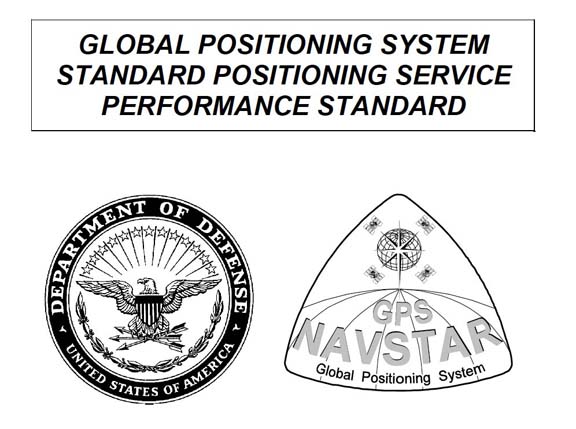Why Washington continues to talk about deficits while the country is talking about jobs and foreclosures is kind of a mystery, but let’s play along.
Following the failure of Congress’s would-be budget-cutting committee that wasn’t so super, the Department of Defense is facing about $500 billion in mandatory cuts over the next 10 years.
Why Washington continues to talk about deficits while the country is talking about jobs and foreclosures is kind of a mystery, but let’s play along.
Following the failure of Congress’s would-be budget-cutting committee that wasn’t so super, the Department of Defense is facing about $500 billion in mandatory cuts over the next 10 years.
Now, most observers consider it unlikely that anything approaching that level of reductions will take place, given the powerful industry and agency forces in play. But it will allow the current administration and Congress to reprise the kind of cliff-hanging melodrama that they thrive on in election years (and anytime else).
For Fiscal Year 2012, the GPS program will receive just under a billion and a half dollars. And, despite its modest size, that puts the program into the realm of the late Senator Everett Dirksen’s famous quip about federal spending, “A billion here, a billion there, and pretty soon you’re talking real money.”
Indeed, as contributing editor Dee Ann Divis points out in this issue’s Washington View column, GPS is among the programs being reviewed. Even under the current budget scenario, some assessments for sustaining the GPS constellation project that, by 2020, the system could fall below the fully operational capability that requires 24 satellites in operation.
But cuts to GPS would be a good example of the pennywise-but-dollar-foolish kind of savings.
That’s because GPS almost certainly produces a net revenue benefit for the federal treasury.
Let’s do the math: the core GNSS market worldwide — still essentially GPS-driven — is projected to reach $112 billion this year, about half of that in the United States. This number covers the OEM receiver hardware and integral software needed to make end-user equipment ranging from portable navigation devices to automated farming and mining systems.
If we consider the GNSS-enabled market, which includes location-based services and products that enable them — such as mobile phones with integrated GPS, that number grows to something like $216 billion.
Then there is the multiplier effect: salaries for the high-tech professionals designing this equipment, the university professors who taught them, the workers who build the products, and the people who sell them.
Add in the efficiencies and productivity increases that come from the use of GPS, whether that involves such things as flying shorter air routes or getting people to the store and back again with the least effort or use of fuel.
And so on.
The benefits permeate U.S. society in ultimately immeasurable ways. At a certain point, what began, in the words of the DoD, as a “force enhancer” has become an economy enhancer of enormous value.
But let’s take a conservative approach, and just count the core U.S. market — in fact, let’s round it down to $50 billion a year. If the taxable federal portion — including corporate, sales, and personal income taxes of people working in the GPS industry — only reached the 15-percent level paid by presidential candidate Mitt Romney, that would still represent $7.5 billion in tax revenues, or five times the investment in GPS.
For the U.S. Department of Defense, the Global Positioning System must seem a rare, even puzzling enterprise — it produces a profit for the government and taxpayers who fund it!
While some military technologies have been transferred to commercial operations — satellite imagery comes to mind — GPS is still a core activity of the Defense Department itself, managed and operated by the U.S. Air Force. It is, in effect, a profit center for the DoD.
And unlike most of its other products and programs — the bombs, bullets, drones, aircraft, vessels, vehicles, and so forth that DoD develops or acquires — GPS is something that civil and military leaders want to use and see others use.
Moreover, GPS program managers themselves acknowledge that 90 percent of the use of the system is for commercial and civil applications, not military ones.
Despite this remarkable situation, GPS is on the cutting block along with military platforms, one unit of which almost equals the annual budget of the U.S. GNSS program.
That doesn’t make sense.





